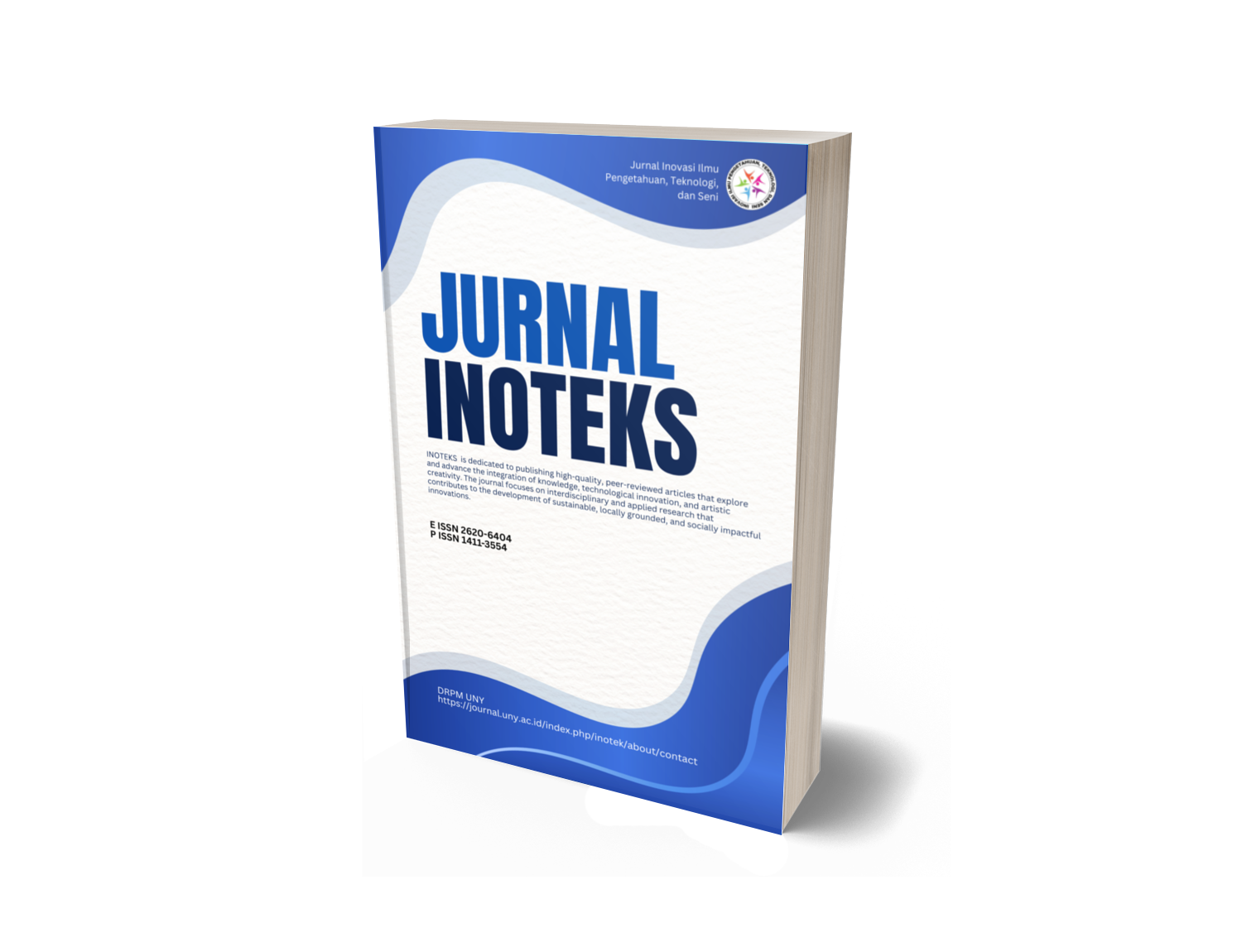USAHA BAGONG APES (Bawang Goreng Bandeng Asin Pedas) BERBASIS KEKAYAAN LOKAL DAERAH
DOI:
https://doi.org/10.21831/ino.v1i2.25850Abstract
Indonesia's profitable local wealth in agriculture is the shallots commodity as a business of fried onions. The innovation of fried onion business raised the concept of the blue economy / marine economy with the addition of Fish Floss. The use of modern technology in processing helps improve product quality. This study aims to utilize technology to improve product storage power and analyze business prospects with BEP calculations.
The use of spinner and vacuum technology can be a solution for business producers in the processing of fried onions and milkfish. The use of spinner by conventional industries can reduce the oil content of fried onions and milkfish floss so that the crispness of the product increases, besides that the vacuum process can keep the processed products still hygienic during packaging, distribution, and consumption.
The study results show the business feasibility of shallots and milk fish processed by Bagong Apes with a capital of Rp. 8,500,000, BEP 41, B / C Ratio 1.47, ROI 0.474 and monthly sales of 130 packaging shows that the Bagong Apes Business has a prospect to be developed.
Keywords: fried onion, milkfish floss, spinner, vacuum
Published
How to Cite
Issue
Section
Citation Check
License
- Authors certify that the work reported here has not been published before and contains no materials the publication of which would violate any copyright or other personal or proprietary right of any person or entity.
- Authors transfer or license the copyright of publishing to Jurnal Civics: Media Kajian Kewarganegaraan to publish the article in any media format, to share, to disseminate, to index, and to maximize the impact of the article in any databases.
- Authors hereby agree to transfer a copyright for publishing to Jurnal Civics: Media Kajian Kewarganegaraanas a Publisher of the manuscript.
- Authors reserve the following:
- all proprietary rights other than copyright such as patent rights;
- the right to use all or part of this article in future works of our own such as in books and lectures;
- use for presentation in a meeting or conference and distributing copies to attendees;
- use for internal training by author's company;
- distribution to colleagues for their research use;
- use in a subsequent compilation of the author's works;
- inclusion in a thesis or dissertation;
- reuse of portions or extracts from the article in other works (with full acknowledgement of final article);
- preparation of derivative works (other than commercial purposes) (with full acknowledgement of final article); and
- voluntary posting on open web sites operated by author or author's institution for scholarly purposes, but it should follow the open access license of Creative Common CC BY-NC-SA License.








